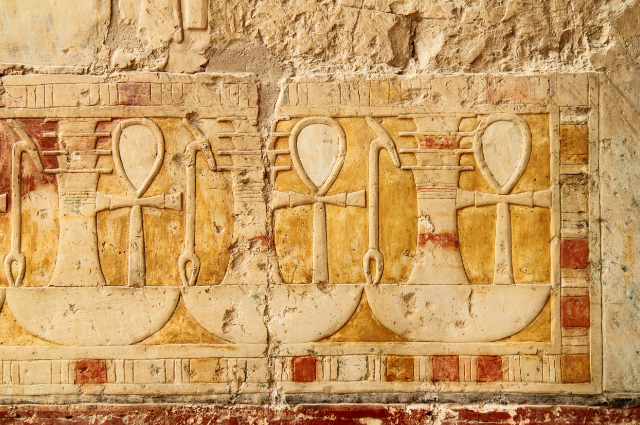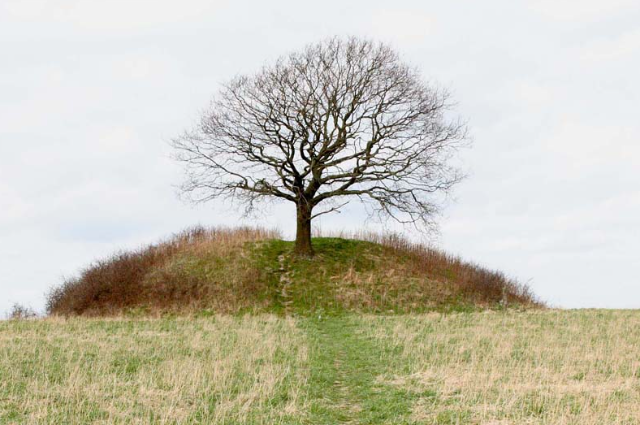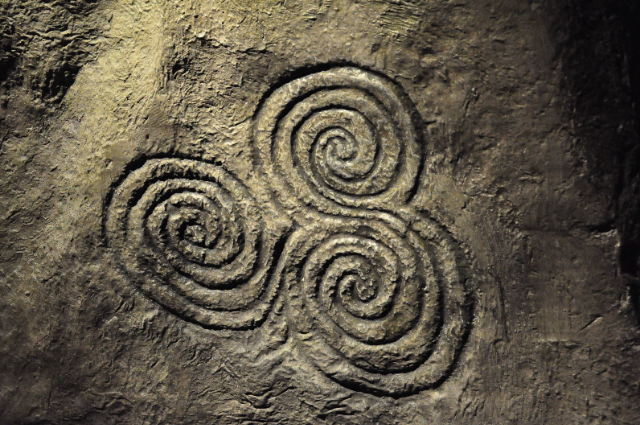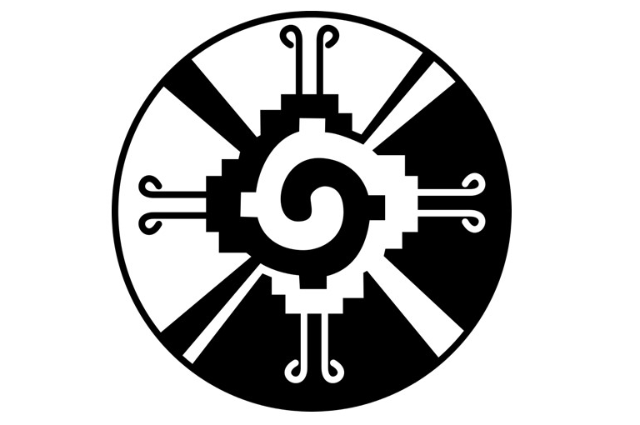Mythological symbols have intrigued and fascinated humanity for centuries. From ancient civilizations to modern interpretations, these symbols carry deep meanings and cultural significance that transcend time and geography. In this exploration, we delve into the rich tapestry of mythological symbols, unraveling their mysteries and uncovering the profound messages they convey.
The Power Of Symbols
Symbols hold a unique power-they communicate complex ideas and emotions in a single image or representation. In the realm of mythology, symbols serve as gateways to understanding the human experience, offering insights into our collective consciousness and cultural heritage. Whether carved into stone, painted on pottery, or woven into tapestries, mythological symbols have endured as timeless expressions of our deepest hopes, fears and aspirations.
The Egyptian Ankh: Key to Eternal Life
In ancient Egypt, the Ankh was more than just a symbol-it was a key to eternal life. Shaped like a cross with a loop at the top, the Ankh represented the union of male and female energies and the continuity of life beyond death. Associated with the goddess Isis and the god Osiris, the Ankh symbolized regeneration, fertility and the cycle of life and death.
The Norse Yggdrasil: Tree of Life and Cosmic Axis
In Norse mythological, Yggdrasil was the cosmic tree that connected the nine realms of existence. As the Tree of Life, Yggdrasil symbolized the interconnections of all living things and the cyclical nature of creation and destruction. Its roots delved deep into the underworld, while its branches reached towards the heavens, serving as a cosmic axis around which the universe revolved.
The Celtic Triskele: Symbol of Unity and Movement
The Triskele, or triple spiral, was a prominent symbol in Celtic mythology, representing the interconnections of Earth, Sea and Sky. As a symbol of unity and movement, the Triskele embodied the cyclical nature of life, death and rebirth. It's threefold symmetry spoke to the eternal rhythms of nature and the interconnections of all things.
The Hindu Om: Sound of Creation
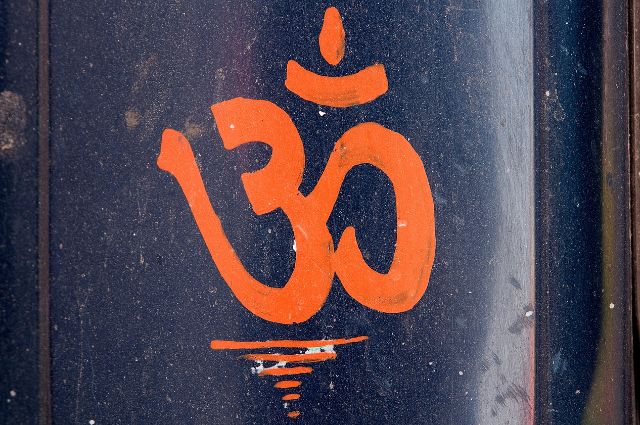
Image by ha11ok from Pixabay
In Hindu mythology, the Om symbol represented the primordial sound of creation-the vibrations from which the universe emerged. As the most scared symbol in Hinduism, Om encapsulated the essence of the cosmos and the unity of all existence. It's three syllabus-AUM-represented the three stages of cosmic creation: birth, life and death.
The Greek Ouroboros: Serpent Of Eternity
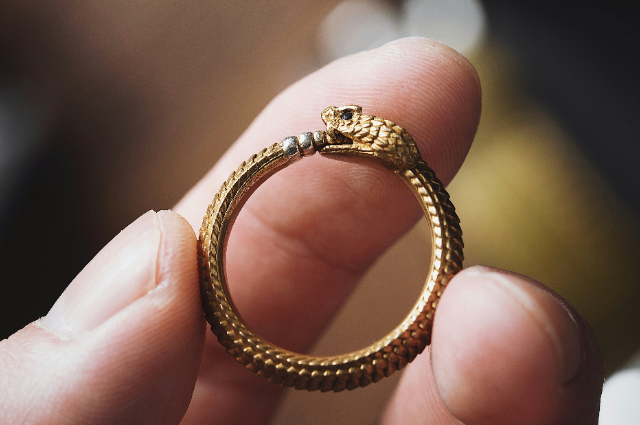
Photo by COPPERTIST WU on Unsplash
In Greek mythology, the Ouroboros was a serpent eating it's own tall, symbolization the eternal cycle of life, death, and renewal. As a symbol of infinity and wholeness. The Ouroboros represented the interconnections of opposites-the beginning and end, creation and destruction, birth and death. it embodied the concept of eternal recurrence and the cyclical nature of existence.
The Maya Hunab Ku: Galactic Butterfly
Among the Maya Civilization, the Hunab Ku was a symbol of cosmic consciousness and the unity of all creation. Depicted as a galactic butterfly with outstretched wings, Hunab Ku represented the divine source from which all life emerged. It's intricate patterns spoke to the interconnections of the cosmos and the eternal dance of creation.
Conclusion: Unlocking the Wisdom of Mythological Symbols
Mythological symbols are more than just images-they are windows into the deepest truths of the human experience. From the Egyptian Ankh to the Hindu Om, these symbols transcend time and culture, offering profound insights into the nature of existence and our place within the cosmos. By Unraveling the mysteries of mythological symbols, we gain a deeper understanding of ourselves and the world around us, tapping into the timeless wisdom of our ancestors and the universal truths they sought to convey.

